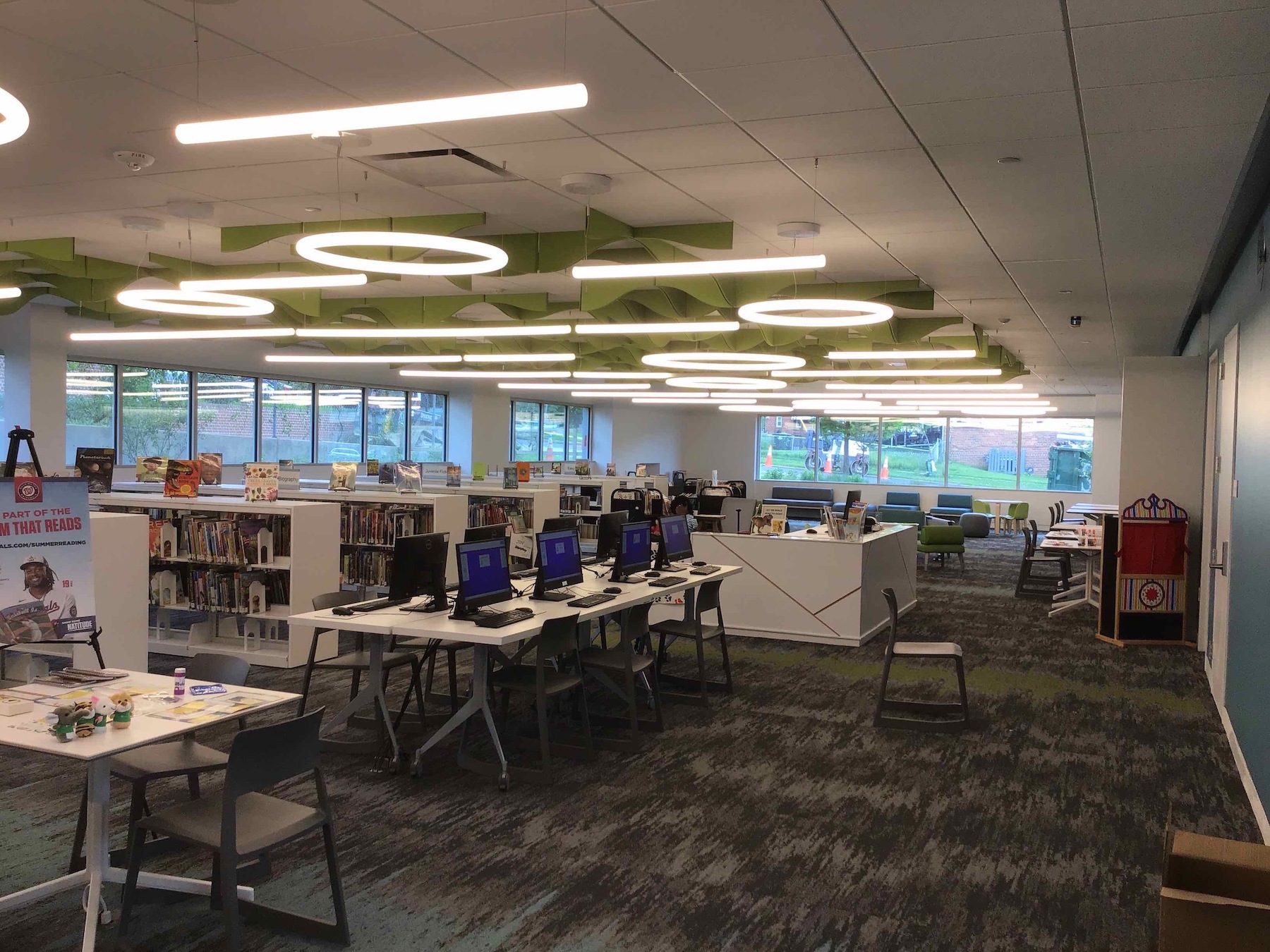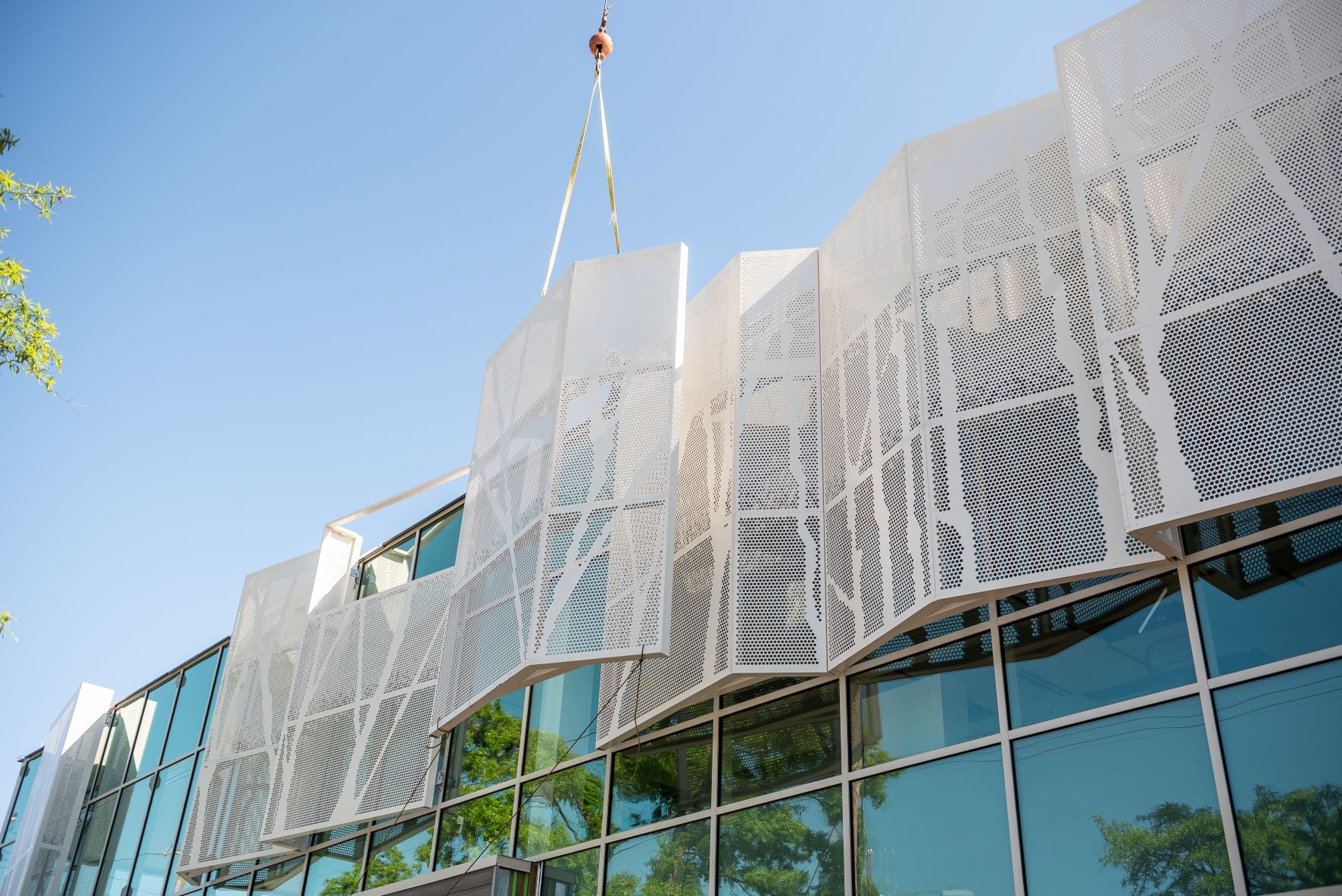People have been writing obituaries for libraries for decades. The May 2005 edition of MIT’s Technology Review ran a series of articles under the title “Death of Libraries: Myth and Facts.” Writing in the Guardian newspaper in December 2016, columnist Simon Jenkins compared libraries to churches and local railways: “People like having them around, and are angry if they close. But as for using them, well, there is so little time these days.”
Libraries also now find themselves at the center of a culture war as conservative groups have led a historic effort to ban and challenge materials that address racism, gender, politics, and sexual identity, according to the American Library Association’s (ALA) “State of America’s Libraries 2022.”
Yet, from Maine to California, libraries keep getting funded and built or renovated for the digital age. The $1.9 trillion American Rescue Plant Act included $200 million for the Institute of Museum and Library Services, the only source of federal funding for libraries.
In January 2021, Sen. Jack Reed (D-R.I.) with 30 cosponsors introduced the Build America’s Libraries Act, to support long-term improvements to libraries to better serve underserved and distressed communities, low-income and rural areas, and people with disabilities. This would be accomplished through the establishment of a Build America’s Library Fund financed by state contributions. (This bill is still pending.)
Brightspot, a subsidiary of the engineering firm Buro Happold, tells BD+C that 12 of its 32 Higher Education planning projects last year involved libraries. And the Netherlands-based architecture firm Mecanoo has, in recent years, designed a procession of library projects in the U.S., including the New York Public Library’s Stavros Niarchos Foundation Library branch, which opened last year; and, with OTJ Architects, the three-year-long renovation of the Martin Luther King Memorial Library in Washington D.C., which was completed in 2020.
A 2014 article in Places Journal was prescient in its description of future libraries as networks of integrated, mutually reinforcing, evolving infrastructures that serve simultaneously as reading rooms, social service centers, and innovation labs.
PART OF A BIGGER PICTURE

On a small but no less significant scale, the Lamond Riggs/Lillian J. Huff Library in Washington, D.C., officially opened on June 27. Designed by HGA and built by Consigli Construction, this two-story, 23,500-sf building is nearly 5,000 sf larger than the 17,930-sf library it replaces. Peter Cook, HGA’s design principal, called libraries “an extension of the home for a neighborhood,” and asserted that this particular project responds to the needs of residents with a wide range of spaces that includes an entry plaza.
The new $20 million library features expanded space for adults, teens, and children. There is a “Discovery Zone” for kids, and collaborative spaces that include living-room style seating. A large meeting room can accommodate up to 100 people or be divided into smaller quarters. There are also seven reservable meeting spaces—one for up to 12 people, two for up to six people, and four study spaces for two people each.
A protected front porch is accessible from inside the building and leads to outdoor meeting and working areas. (The landscape architect Lee and Associates designed bioretention areas, added a tree canopy, reinforced the streetscape form, and added buffer plants to screen the library parking lot.)
The library was designed and built to meet the LEED Gold certification standard.
According to the Washington Informer newspaper, this library’s opening is a continuation of the D.C. Public Library’s Facilities Master Plan, whose priority is building neighborhood libraries that are at least 20,000 sf, and flexible enough to adapt to changing technologies.
Nationwide, an ALA study found that 93 percent of public libraries provide or plan to provide free Wi-Fi access in their grounds even when their buildings are closed, while 44 percent have moved routers outdoors to improve public access, and 23 percent provide Wi-Fi hotspots for patrons to check out and use at home.
Related Stories
| Mar 26, 2014
Callison launches sustainable design tool with 84 proven strategies
Hybrid ventilation, nighttime cooling, and fuel cell technology are among the dozens of sustainable design techniques profiled by Callison on its new website, Matrix.Callison.com.
| Mar 20, 2014
Common EIFS failures, and how to prevent them
Poor workmanship, impact damage, building movement, and incompatible or unsound substrate are among the major culprits of EIFS problems.
| Mar 13, 2014
Do you really 'always turn right'?
The first visitor center we designed was the Ernest F. Coe Visitor Center for the Everglades National Park in 1993. I remember it well for a variety of reasons, not the least of which was the ongoing dialogue we had with our retail consultant. He insisted that the gift shop be located on the right as one exited the visitor center because people “always turn right.”
| Mar 12, 2014
14 new ideas for doors and door hardware
From a high-tech classroom lockdown system to an impact-resistant wide-stile door line, BD+C editors present a collection of door and door hardware innovations.
| Feb 14, 2014
Crowdsourced Placemaking: How people will help shape architecture
The rise of mobile devices and social media, coupled with the use of advanced survey tools and interactive mapping apps, has created a powerful conduit through which Building Teams can capture real-time data on the public. For the first time, the masses can have a real say in how the built environment around them is formed—that is, if Building Teams are willing to listen.
| Jan 28, 2014
16 awe-inspiring interior designs from around the world [slideshow]
The International Interior Design Association released the winners of its 4th Annual Global Excellence Awards. Here's a recap of the winning projects.
| Jan 13, 2014
Custom exterior fabricator A. Zahner unveils free façade design software for architects
The web-based tool uses the company's factory floor like "a massive rapid prototype machine,” allowing designers to manipulate designs on the fly based on cost and other factors, according to CEO/President Bill Zahner.
| Jan 11, 2014
Getting to net-zero energy with brick masonry construction [AIA course]
When targeting net-zero energy performance, AEC professionals are advised to tackle energy demand first. This AIA course covers brick masonry's role in reducing energy consumption in buildings.
Smart Buildings | Jan 7, 2014
9 mega redevelopments poised to transform the urban landscape
Slowed by the recession—and often by protracted negotiations—some big redevelopment plans are now moving ahead. Here’s a sampling of nine major mixed-use projects throughout the country.
| Dec 13, 2013
Safe and sound: 10 solutions for fire and life safety
From a dual fire-CO detector to an aspiration-sensing fire alarm, BD+C editors present a roundup of new fire and life safety products and technologies.

















